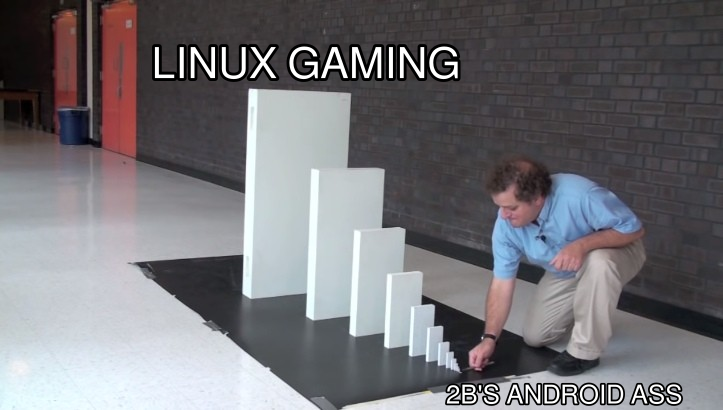And Tolkien's Legendarium is just a bunch of hastily-written bedtime stories for Chris, right?
I'm sure Fabulous Bill has a couple of attachments that would make even Slaanesh blush.
Some people are just really passionate about their tiny yellow plastic toy soldiers all having imaginary penises. The penises are important to them. They can't bear to imagine a Legio Custodes that doesn't have a full armament of cock.
> be me
> have violent shit
I have achieved Comedy.
Goth girls were hunted to extinction by the rolling giants and the mall ecology collapsed as a result. The niche is now occupied by urbex enthusiasts and Julien Reverchon.
Could be asbesthos sheets. Still regrettably common in former Soviet countries.
Home is where the heart is; cave is where the goon is.
view more: next ›


Drum n' Bees played by Dark Souls bosses